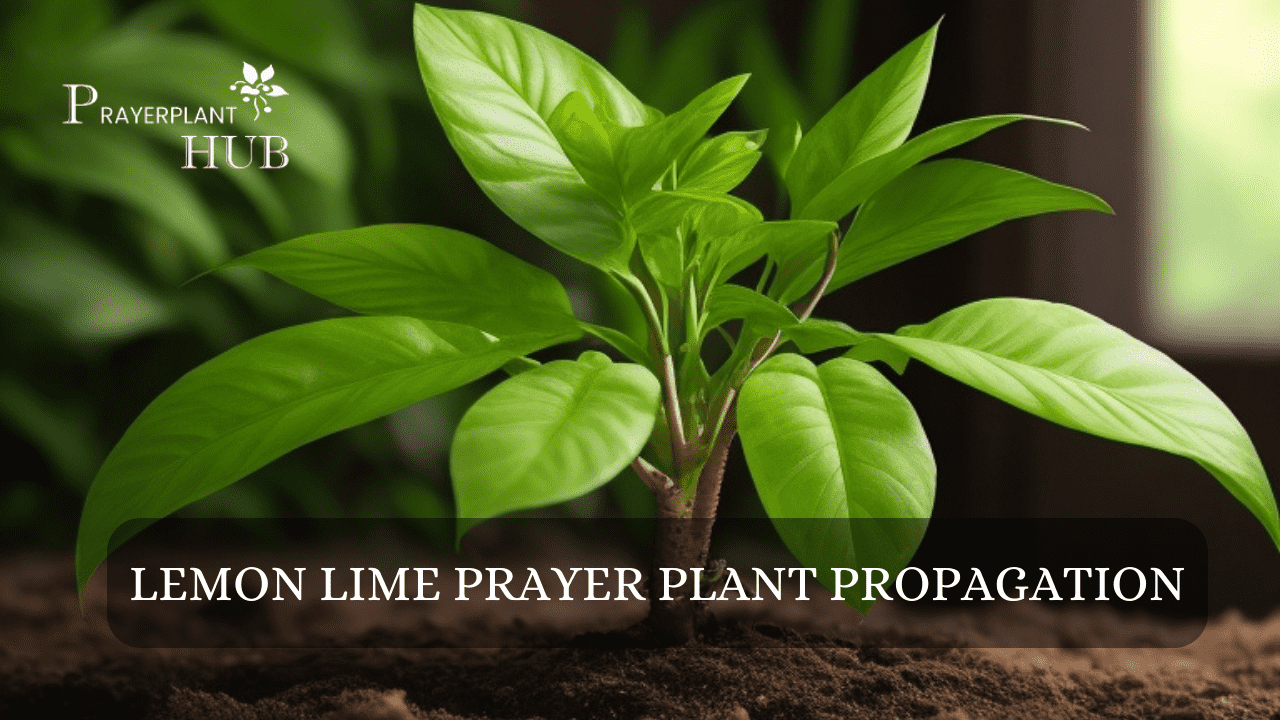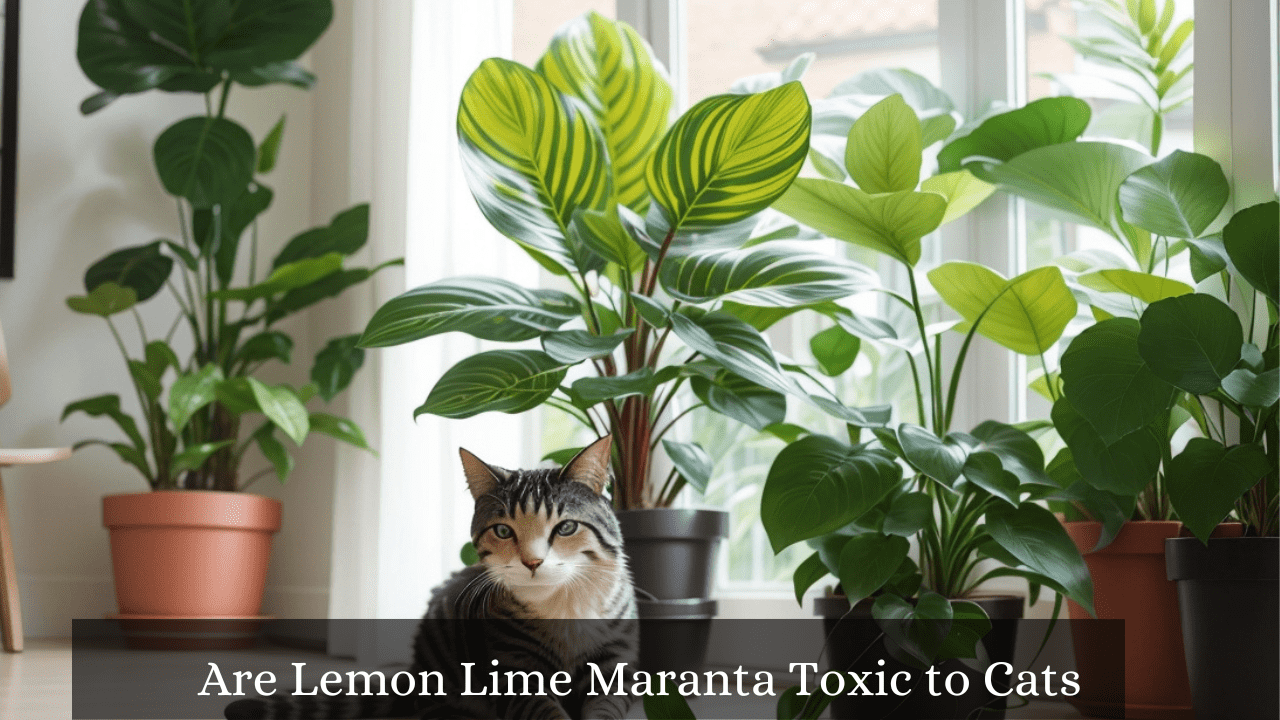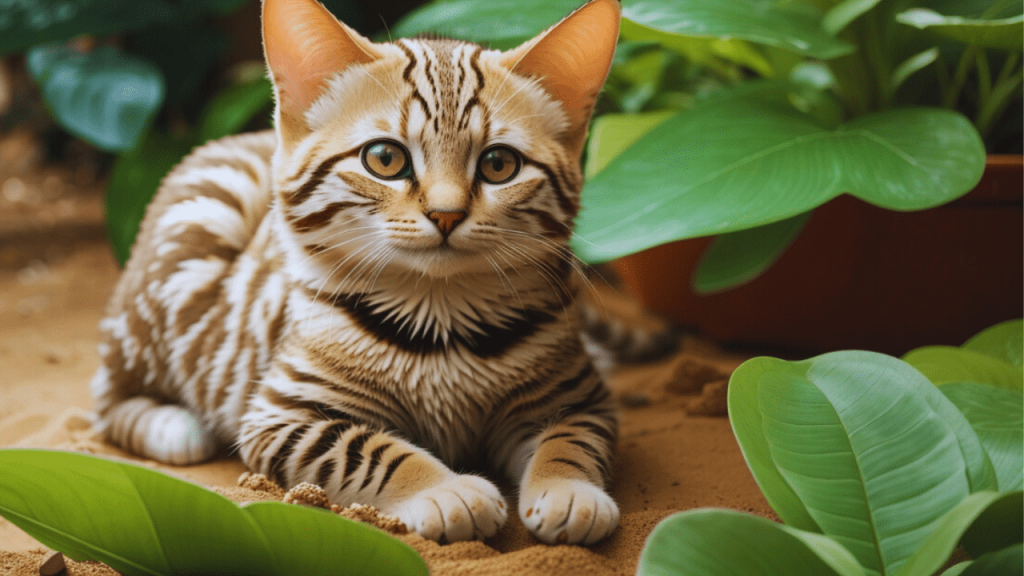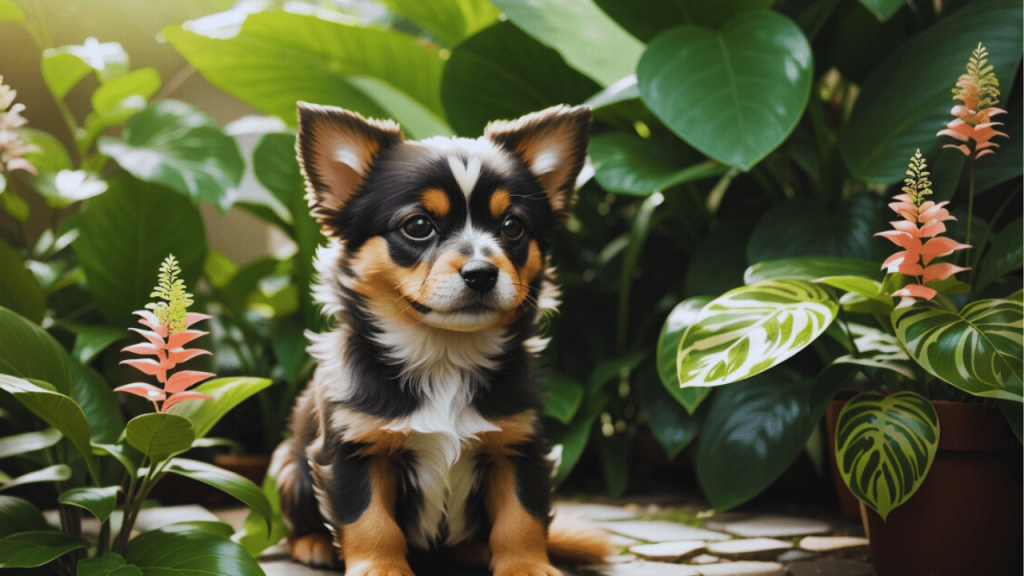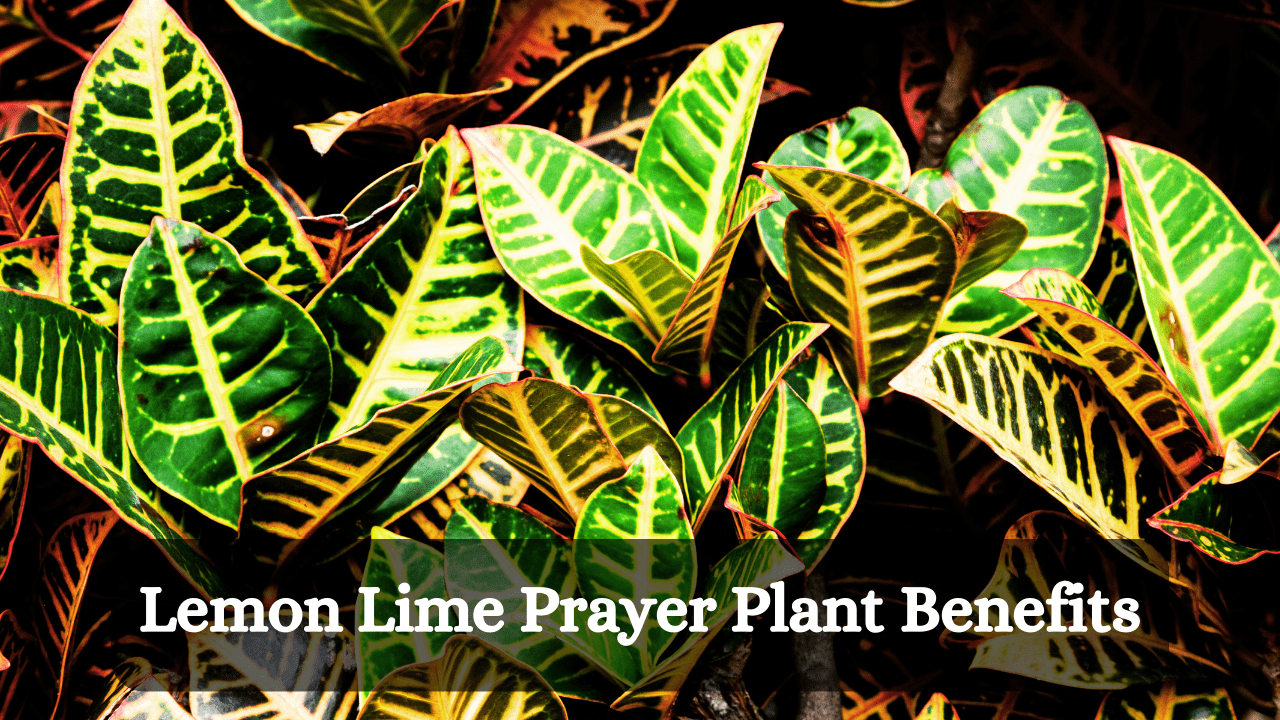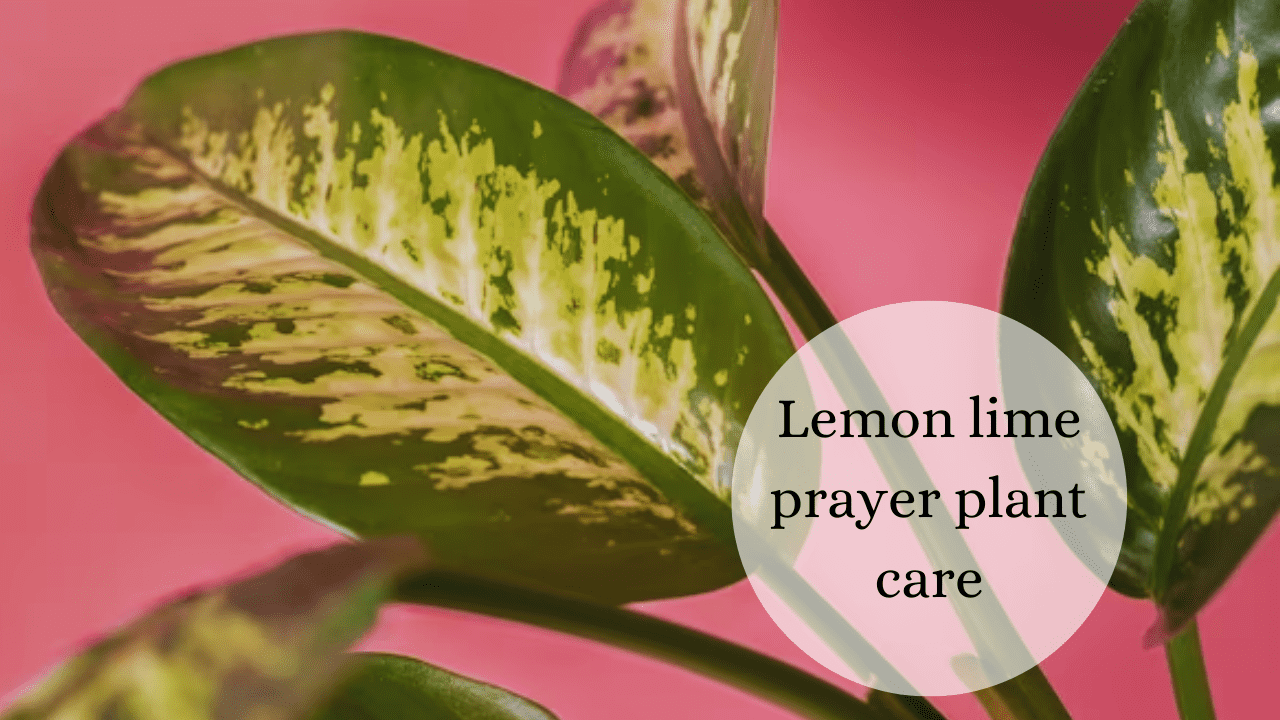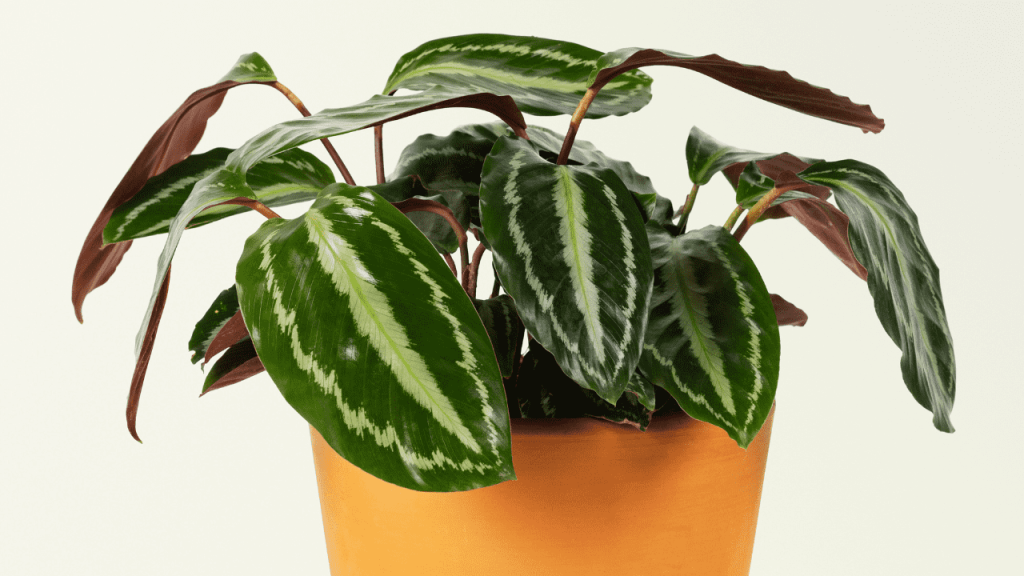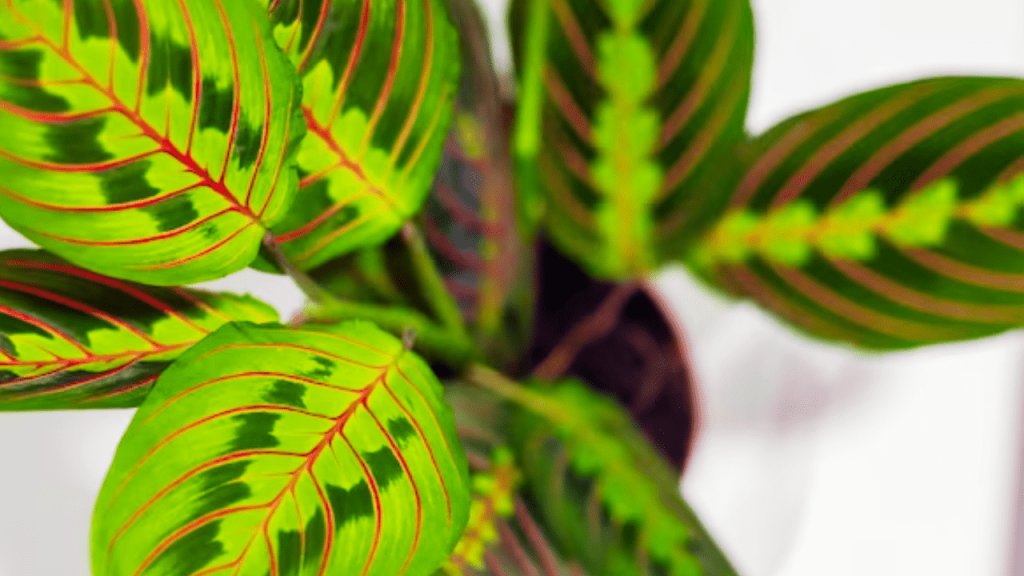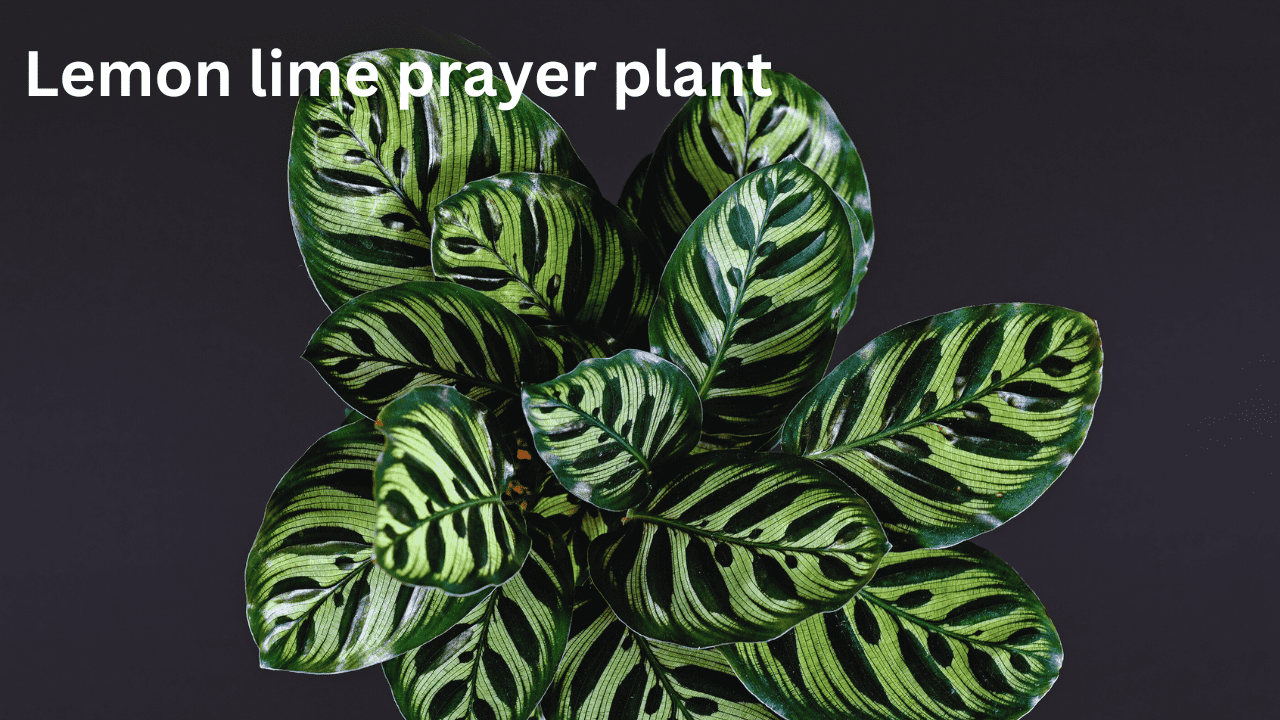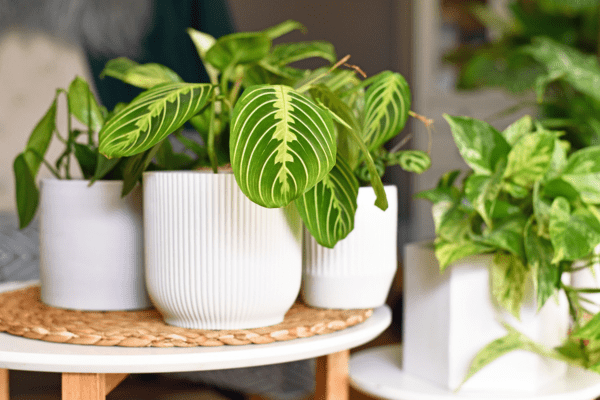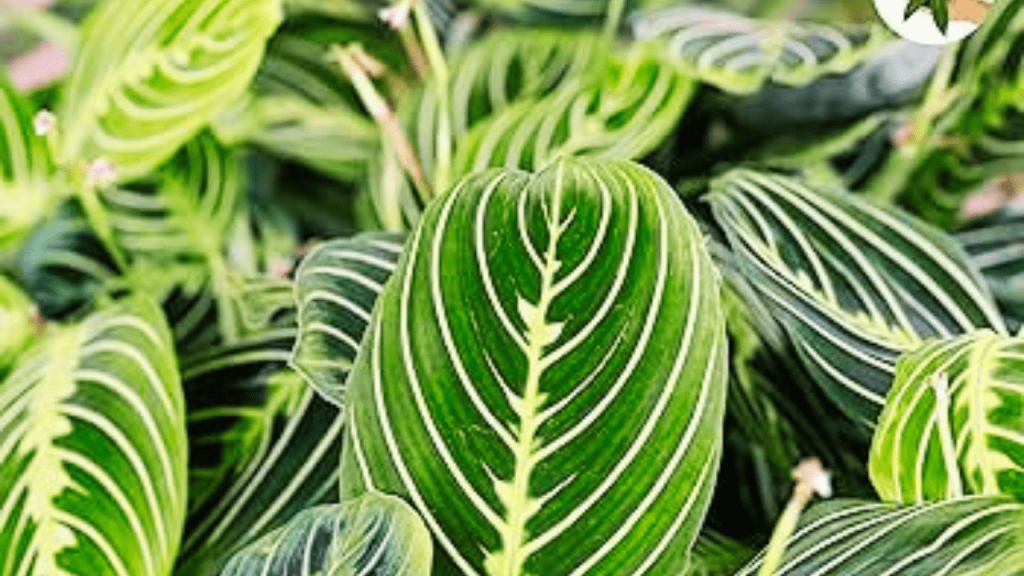Indoor gardening is made easy with the Lemon Lime Prayer Plant (Maranta leuconeura). Its vibrant leaves and low maintenance make it a favorite among plant enthusiasts. What’s more, it’s a breeze to propagate! In this beginner-friendly guide, we’ll explore the world of Lemon Lime Prayer Plant propagation(propagate maranta), providing simple step-by-step instructions to help you grow your indoor garden.
Table of Contents
Before we start with maranta leuconeura propagation, let’s get acquainted with our star plant:
Vibrant Appearance: The Lemon Lime Prayer Plant boasts stunning leaves that combine shades of green and yellow, adding elegance to any indoor space. No wonder it’s a top choice for plant lovers.
Ideal for Indoors: This plant hails from the rainforests of Brazil and thrives in low-light conditions, making it perfect for indoor cultivation.
Lemon Lime Prayer Plant Propagation (Maranta Leuconeura Propagation)
How to propagate lemon lime maranta? Here are three simple ways to propagating Maranta Plant(Prayer Plant Propagation).
Division (Maranta Propagation)
Division is the simplest way to propagate your Lemon Lime Prayer Plant. Here’s how:
Choose a Mature Plant: Select a healthy plant with multiple stems and a good root system.
Gently Remove the Plant: Take the plant out of its pot, being careful not to harm the roots.
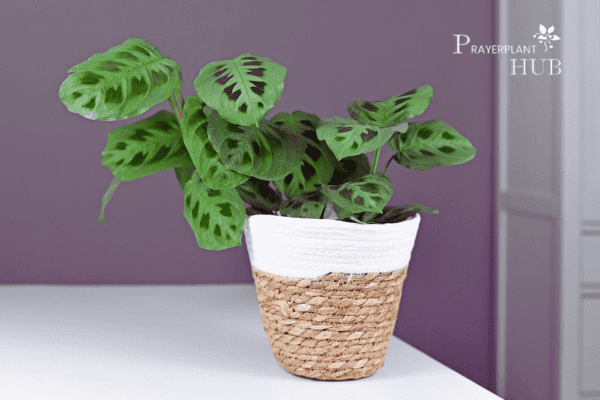
Divide the Stems: Split the plant into sections, ensuring each has at least one stem and some roots.
Replant: Thoroughly put each section into a new pot with fresh soil and water.
Stem Cuttings
Stem cuttings are another easy way to grow new plants:
Pick Healthy Stems: Choose stems that are free from pests and diseases. Take a stem section that measures 4 to 6 inches in length.
Trim Leaves: Remove any leaves near the cut end.
Optional Rooting Hormone: Dip the cut end in rooting hormone to encourage root growth.
Plant: Put the cutting in a small pot with well-draining soil.
Maintain Humidity: Cover the pot with a plastic bag or dome to keep humidity high.
Wait for Roots: In a few weeks, roots should form. Once they do, transplant your cutting into a larger pot.
Rhizome Division
This method is a bit more advanced but still doable to Propagate Maranta.
Select a Mature Plant: Find a mature Lemon Lime Prayer Plant with a well-developed rhizome.
Lift the Plant: Carefully remove the plant from its pot, exposing the rhizome.
Divide the Rhizome: Use a clean knife to cut the rhizome into sections, each with roots and a growing point.
Potting: Plant the rhizome sections in separate pots with fresh soil and water well.
Caring for Your New Plants
After successfully propagating your lemon lime maranta propagation, keep them healthy with these easy tips:
- Light
- Watering
- Humidity
- Temperature
- Fertilization
Click here for proper care and maintance of lemon lime prayer plant.
Propagate Prayer Plant in Water (Propagating Maranta)
How to propagate prayer plant in water? You can make more prayer plants using water and following few simple steps.
What you’ll need to Propagate Maranta
- A healthy prayer plant with a few stems
- A glass or jar filled with water
- Clean scissors or garden clippers
- A plastic or glass lid (like plastic wrap or a bag with holes.
Steps for Propagate Prayer plant in water(prayer plant propagation)
Pick a Healthy Stem: Find a strong stem on your prayer plant with some leaves, and make sure it’s not sick or buggy.
Cut the Stem: Use clean scissors or clippers to snip the stem just below a leaf. A leaf spot is where a leaf grows on the stem. Your cutting should be a few inches long and include a leaf and a leaf spot.
Remove Lower Leaves: Take off the leaves near the bottom of your cutting so only a couple of leaves are left at the top.
Please put it in Water: Fill a glass or jar with water and put your cutting in it. Make sure the leaf spot is underwater, about an inch or two deep.
Cover it Up: Cover the glass or jar with a plastic or glass lid. This keeps the air around your cutting humid and stops it from drying out.
Change the Water: Swap the water every few days to keep it fresh and full of oxygen. If you see algae growing on the sides of the container, wipe it away.
Wait for Roots: Wait for a few weeks to a couple of months. You’ll start to see roots growing from the leaf spot. Once they’re a few inches long and look healthy, your cutting is ready to be planted.
Plant it: Gently plant your cutting in a pot filled with soil that’s good for prayer plants. Could you give it a light watering after planting?
Take Care of Your New Plant: Put your new prayer plant in a spot with bright, indirect light. Keep the soil a bit damp but not soaking wet. Over time, it will grow into a new, healthy prayer plant.
Remember, not all cuttings will grow roots, so it’s a good plan to take several cuttings to increase your chances. Growing prayer-plants in water can be a fun and rewarding way to have more beautiful plants at home.
Conclusion
The Lemon Lime Prayer Plant is a great pick for indoor gardening. Its striking appearance and simple propagation (maranta leuconeura propagation) make it perfect for homes and offices.
You can easily grow more by dividing, taking stem cuttings, or separating the roots and also can propagate in water. Remember to give it the right light, water, humidity, and occasional fertilizer. With the tips in this guide, you can transform your indoor space into a beautiful green oasis. Enjoy your gardening journey!
FAQs (Freqently Asked Questions)
How to propagate lemon lime prayer plant?
Propagate the Lemon Lime Prayer Plant through division or stem cuttings for easy growth. Ensure soil moisture and bright, indirect light for successful propagation
How often should I water my propagated Lemon Lime Prayer Plants?
Water when the top inch of soil is dry, and ensure pots have drainage holes.
Can I propagate Prayer Plant in water?
Yes, you can, but soil propagation is generally more successful.
Why are the leaves of my propagated plant turning brown?
Brown leaves may signal to overwater or underwatering. Monitor the soil’s moisture level and adjust your watering routine as needed.
When is the best time to propagate my Lemon Lime Prayer Plant?
Spring, when the plant is actively growing, is ideal for propagation.

